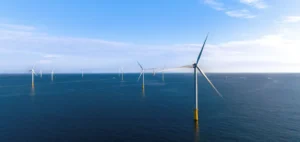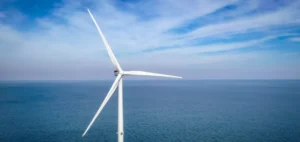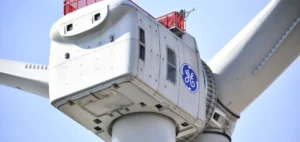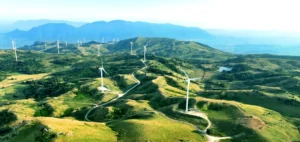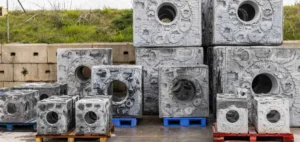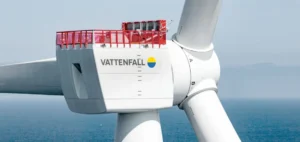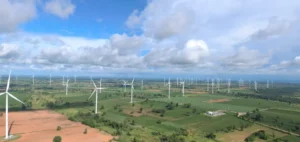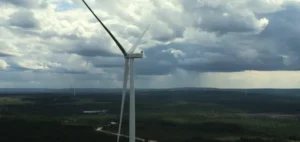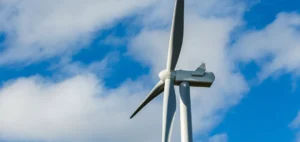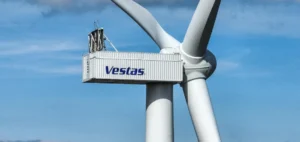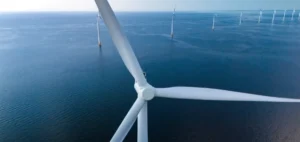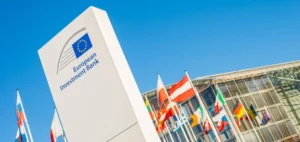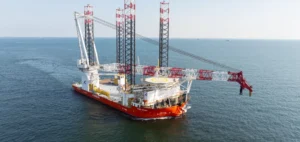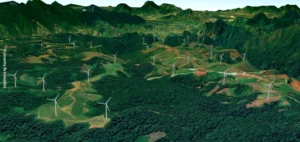Japanese manufacturer Sumitomo Electric Industries, Ltd. has announced plans to establish a power cable factory in Scotland, UK. This decision follows the growth in demand for high quality cables in the European market, particularly in the UK, which is planning numerous offshore wind projects to meet the Scottish Government’s 2045 and UK 2050 carbon neutrality targets.
Sumitomo Electric, a key player in the supply of electrical cables
Sumitomo Electric has already established its reputation as a global leader in the supply of cables for offshore wind energy projects. In 2019, the company delivered its high-voltage direct current (HVDC) cross-linked polyethylene (XLPE) insulated submarine cable system for the UK-Belgium interconnection (NEMO Link). With a voltage of 400 kV, it is the highest voltage in the sector in commercial service to date.
With its technical expertise, Sumitomo Electric has won several contracts worldwide, including projects for the connection between the United Kingdom and Ireland (Greenlink Interconnector) and for a project in Germany (Corridor A-North). The company has also supplied cables for offshore wind farms in the UK, Germany, Taiwan, Korea and Japan.
New Sumitomo Electric plant in Scotland
In order to meet the growing demand for high quality cables in the region, Sumitomo Electric decided to establish a factory in the Scottish Highlands. The new company will provide cables for offshore wind farms and grid connections, which are essential for the introduction of renewable energy into the country’s power transmission systems. With this local production, Sumitomo Electric will be able to offer a stable supply, as well as long-term operation and maintenance services to the UK and European markets, thus strengthening its presence in these markets.




